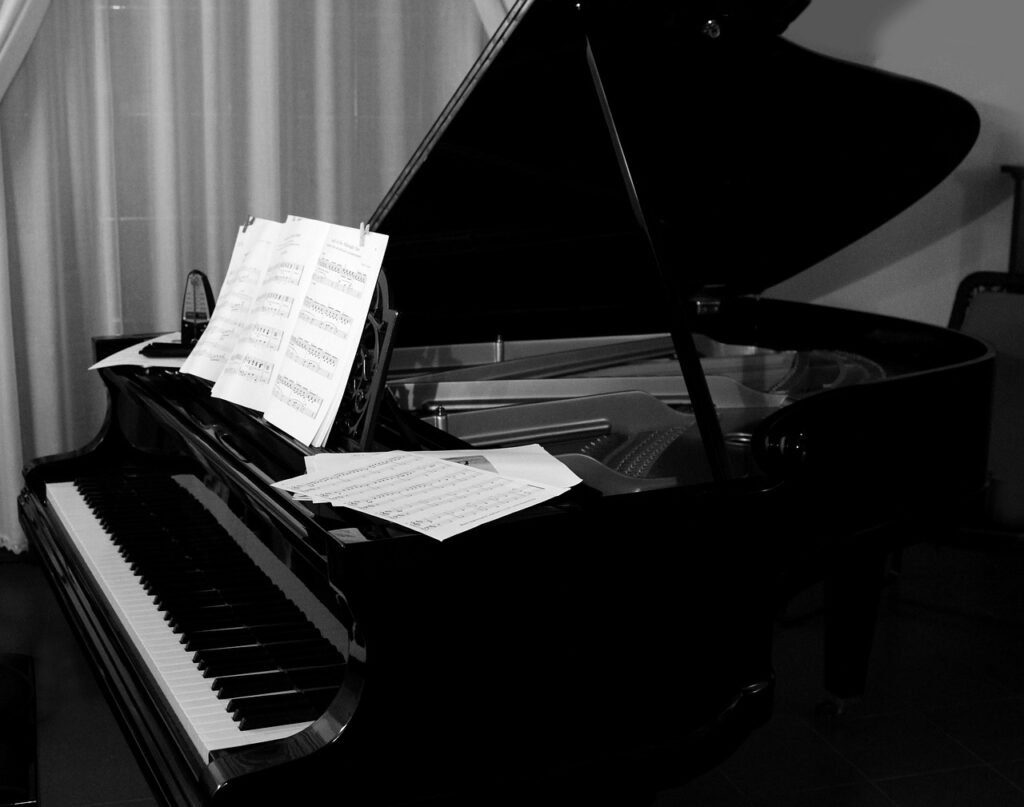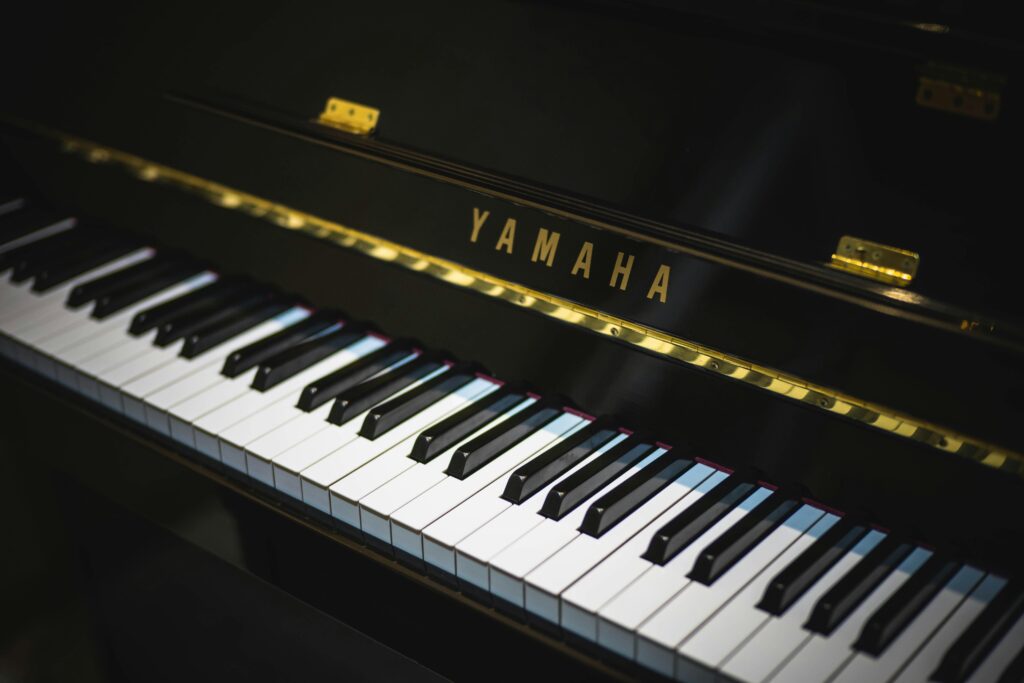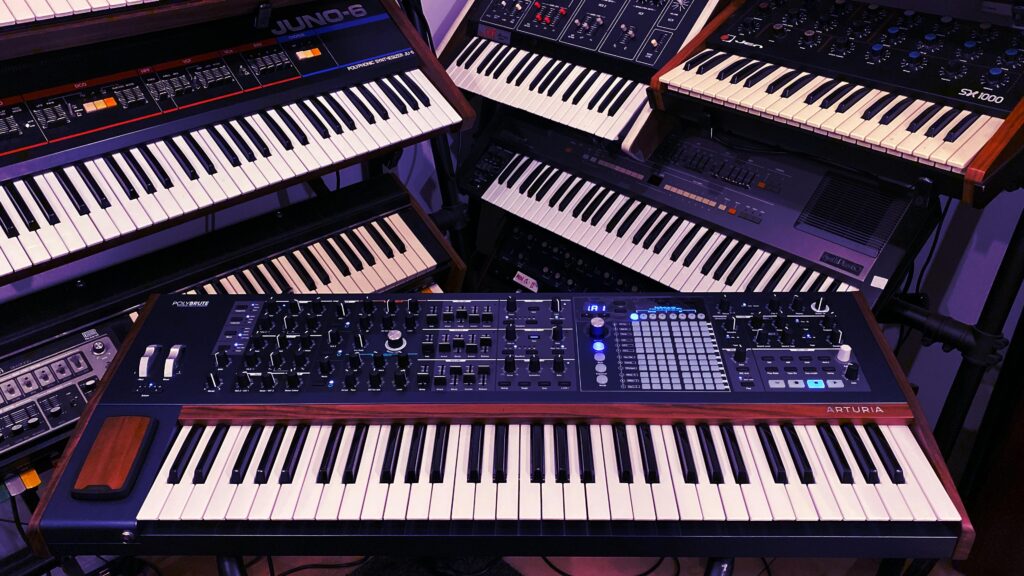Have you ever envisioned yourself performing a soulful melody but felt overwhelmed by the choice of instrument? Choosing between an acoustic piano and a digital piano is a pivotal decision for any pianist, whether you’re a beginner or an experienced player. Each of these instruments has unique characteristics, advantages, and limitations that shape the musical experience.
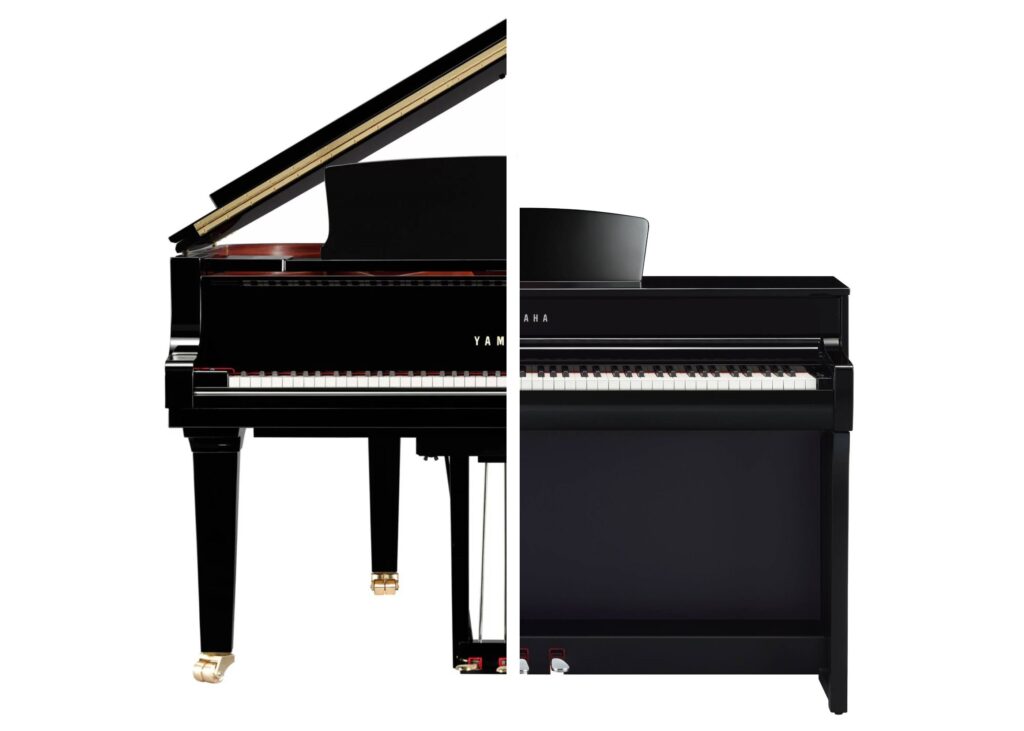
In this comprehensive guide, we’ll explore the key differences between acoustic and digital pianos to help you make an informed decision. From the authenticity of sound to portability, maintenance, cost, and features, we’ll break down everything you need to know to choose the piano that best suits your needs and musical goals.
Sound and Authenticity
Acoustic Piano:
Revered for its natural and organic sound, the acoustic piano delivers an unmatched level of authenticity. When you press a key, you engage a mechanical system of hammers, strings, and a wooden soundboard that produces a unique tonal richness. This intricate mechanism ensures that every note is distinct, creating a deeply expressive and emotional musical experience. Whether it’s the commanding presence of a Steinway Model D grand piano or the warm charm of a Yamaha U1 upright, acoustic pianos deliver a deeply expressive experience. For many pianists, especially those playing on a grand piano, the authenticity and depth of tone are irreplaceable.
Digital Piano:
Thanks to advancements in sound sampling technology, modern digital pianos, such as the Roland FP-90X or Yamaha Clavinova CLP series, can closely replicate the sound of their acoustic counterparts. High-quality digital models use sophisticated sound samples from real acoustic pianos and, in some cases, physical modeling technology to emulate the nuanced interaction of hammers, strings, and soundboards. These features create a remarkably authentic playing experience, especially in high-end models. Moreover, digital pianos often include a variety of instrument voices—from concert grands to strings and organs—making them a versatile option for musicians exploring diverse styles.

Size and Portability
Acoustic Piano:
Acoustic pianos, especially grand pianos, are large and heavy, making them challenging to move. Their size and weight mean they’re typically kept in one fixed location, such as a home, studio, or concert hall. This can be a drawback if you have limited space or need a portable instrument.
Digital Piano:
Digital pianos are significantly more compact and lightweight, making them ideal for smaller spaces like apartments or classrooms. Many models are portable, with some even running on batteries, allowing musicians to perform virtually anywhere—from studios and stages to outdoor venues. This flexibility is a major advantage for musicians on the go.
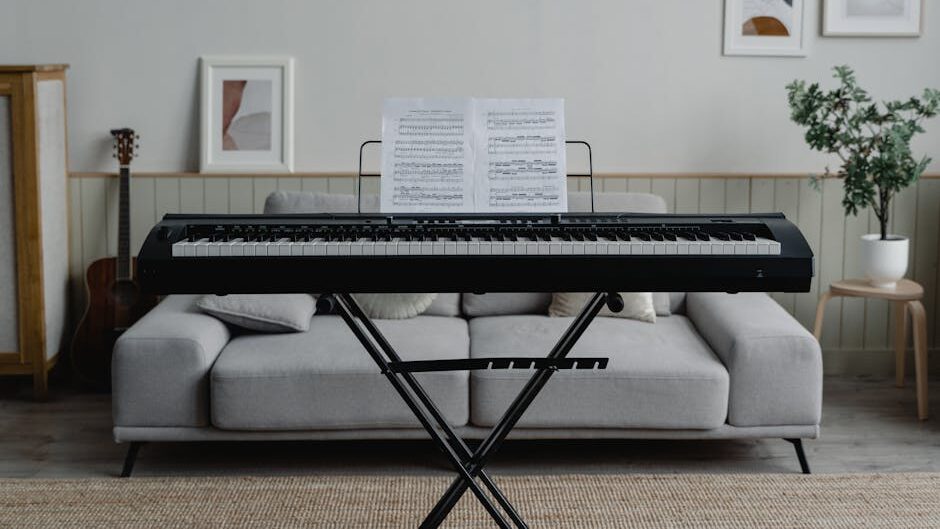
Maintenance and Durability
Acoustic Piano:
Acoustic pianos require regular maintenance, including annual tuning, to preserve their sound quality. They are also sensitive to environmental factors like humidity and temperature changes, which can affect tuning and overall performance. While maintenance can be time-consuming and costly, a well-cared-for acoustic piano can last for generations.
Digital Piano:
Digital pianos, in contrast, require little to no maintenance. They don’t need tuning, as their sound is generated electronically, and they are less affected by environmental conditions. This makes them a practical and cost-effective choice for many musicians.
Cost
Acoustic Piano:
Acoustic pianos are often a significant investment, with higher initial costs and ongoing expenses for maintenance. However, many musicians consider the superior sound quality and tactile experience worth the price. Additionally, high-quality acoustic pianos can retain or even increase their value over time.
Digital Piano:
Digital pianos are generally more affordable, with options available for a wide range of budgets. While high-end digital models can approach the cost of an acoustic piano, they still tend to be more budget-friendly overall. They also eliminate the recurring costs of tuning and maintenance, offering excellent value for beginners and hobbyists.
Keyboard Action
Acoustic Piano:
The action of an acoustic piano, with its intricate hammer and string mechanism, provides a tactile experience that many pianists find irreplaceable. The touch and response vary from piano to piano, offering a unique personality to each instrument. This dynamic range of expression allows for incredible nuance and control, but mastering it requires practice and dedication.
Digital Piano:
Modern digital pianos strive to emulate the feel of acoustic piano keys using weighted or hammer-action mechanisms. While not identical, these advancements provide a playing experience that closely resembles an acoustic piano. Additionally, digital pianos often feature adjustable touch sensitivity, allowing players to customize the feel to their preference.
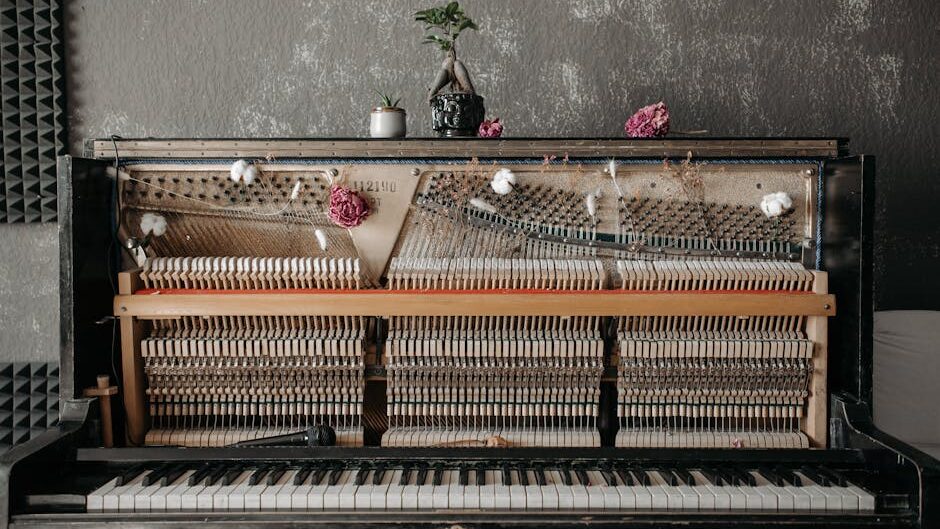
Additional Features
Acoustic Piano:
Traditionally, acoustic pianos focus on delivering unparalleled sound quality. However, some newer models incorporate features like silent systems, enabling players to use headphones or record their performances without losing the acoustic essence.
Digital Piano:
Digital pianos are packed with extra features, including built-in metronomes, recording capabilities, and connectivity options like MIDI and USB. These tools make digital pianos versatile for composing, practicing, and collaborating with other musicians. The wide variety of voices and effects further enhances creativity, making digital pianos a favorite among musicians who value versatility.
Pros and Cons of Both Types
| Feature | Acoustic Piano | Digital Piano |
|---|---|---|
| Sound Quality | Superior, rich, and authentic | Excellent but less organic |
| Portability | Heavy and stationary | Lightweight and portable |
| Maintenance | Requires regular tuning | Low maintenance |
| Cost | High initial and maintenance costs | Budget-friendly options available |
| Features | Limited (traditional focus) | Versatile with advanced features |
Conclusion
The choice between an acoustic and a digital piano ultimately depends on your individual needs, musical goals, and budget. Acoustic pianos offer unparalleled sound quality and a tactile playing experience, making them ideal for advanced players and purists. However, they require more space, maintenance, and investment.
Digital pianos, on the other hand, provide affordability, portability, and versatility, making them a great choice for beginners, casual players, and those with limited space. Whichever you choose, the most important factor is finding an instrument that inspires and supports your musical journey

